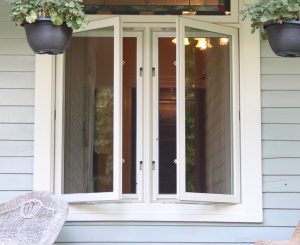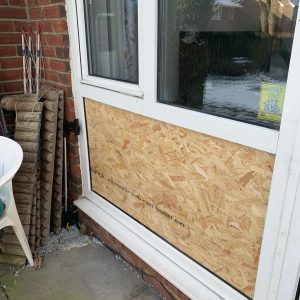



A broken window can turn into a significant issue if not addressed quickly, exposing your home to the elements, security risks, and potential injury. Temporary fixes are a practical way to secure your space until professional repairs can be arranged. This article explores effective solutions, their advantages and disadvantages, and safety tips to keep in mind.
Before applying a temporary fix, assess the situation to choose the most appropriate method:
Inspect the Window:
Determine whether the glass is cracked, shattered, or entirely missing. Identify loose pieces that may fall or cause injury.
Remove Loose Shards:
Use thick gloves to carefully remove broken glass from the frame. Place shards in a sturdy container for safe disposal.
Examine the Frame:
Ensure the window frame is intact and stable enough to hold a temporary covering. If the frame is compromised, professional help is needed immediately.
Advantages:
Disadvantages:
Advantages:
Disadvantages:
Advantages:
Disadvantages:


Advantages:
Disadvantages:
When dealing with a broken window, safety should always be your priority. Follow these precautions:
Temporary fixes can fail if not done correctly. Steer clear of these errors:
Using Flimsy Materials:
Thin fabric or newspaper may block visibility but provides no real protection against weather or intruders.
Ignoring Proper Sealing:
Gaps in your temporary cover can let drafts and moisture in, leading to additional damage.
Leaving Glass Shards in the Frame:
Unremoved shards pose an injury risk and can interfere with applying a secure cover.
Procrastinating Repairs:
Temporary fixes are not designed for long-term use. Delays in professional repairs can lead to frame damage or increased costs.
Temporary solutions are meant to last only until professionals can repair the damage. Here’s a general guideline:
Temporary fixes for broken windows are essential for protecting your home from weather, intruders, and further damage until professional repairs are done. Solutions like tape, plastic sheeting, cardboard, and bubble wrap can address different levels of damage, but each has limitations and is only a short-term measure.
Prioritize safety by wearing protective gear, removing loose shards, and ensuring a secure application of your fix. Remember, these solutions are not permanent—contact a professional promptly to restore your window and prevent long-term issues.

